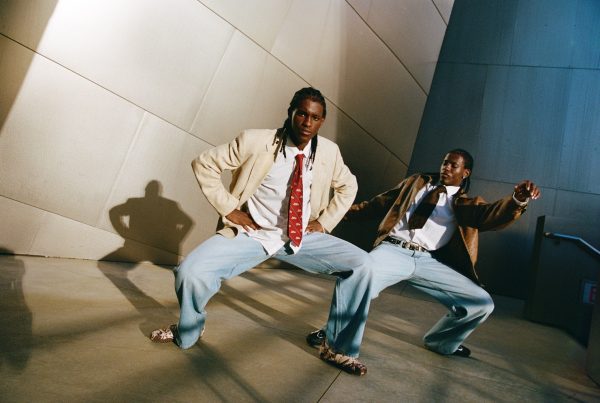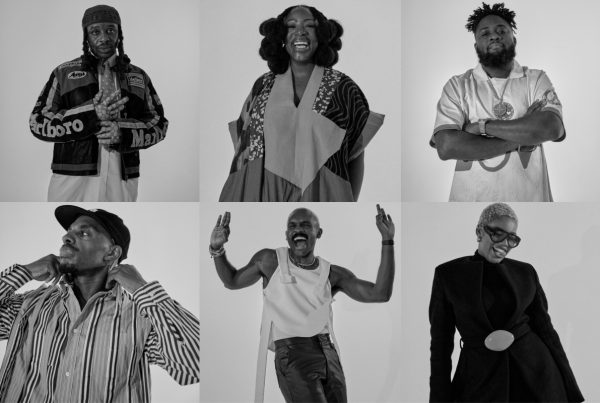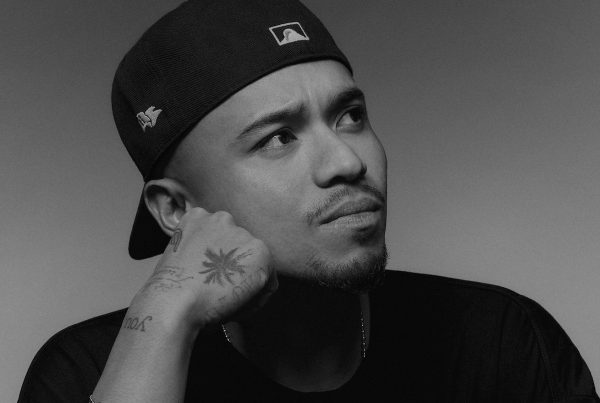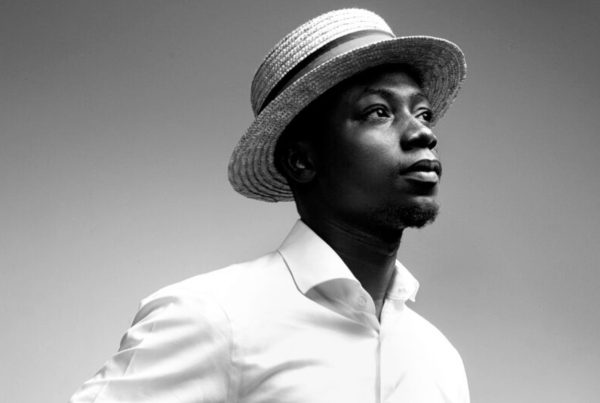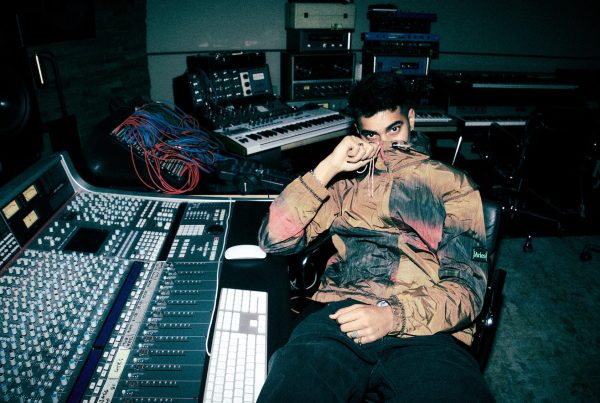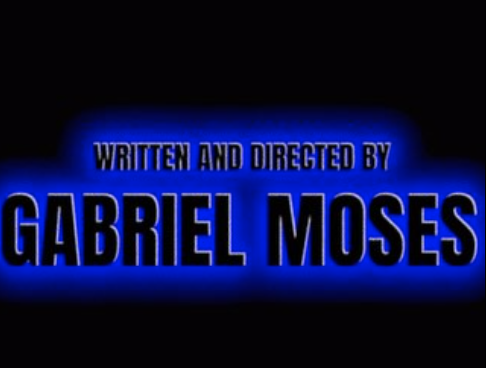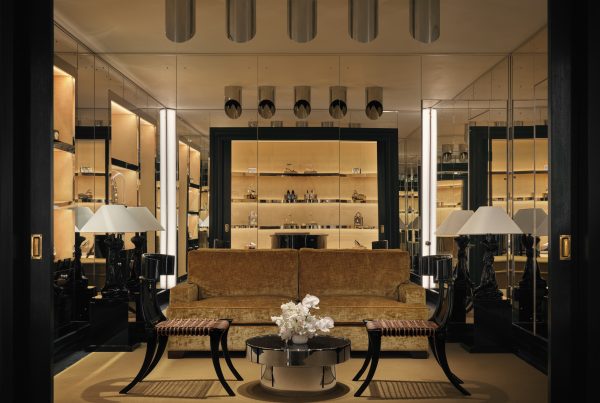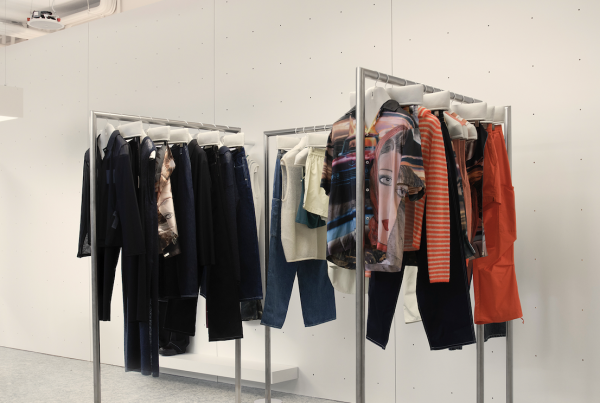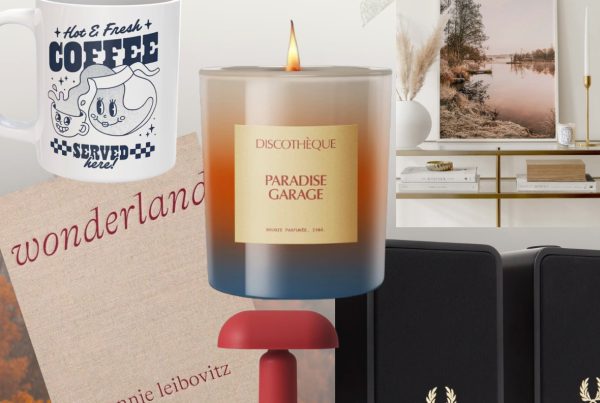 Music is more than just a sound or a melody that you hear and that entertains; it’s more of a visual statement. From roaring 1920s jazz clubs to today’s bold global stages, you’ll see a common denominator – fashion. Part of the artist’s personality is their attire. What you wear tells a story just as much as the lyrics you’re singing or the notes you play.
Music is more than just a sound or a melody that you hear and that entertains; it’s more of a visual statement. From roaring 1920s jazz clubs to today’s bold global stages, you’ll see a common denominator – fashion. Part of the artist’s personality is their attire. What you wear tells a story just as much as the lyrics you’re singing or the notes you play.
Fashion and music always go together and consistently influence one another. But how do musicians exactly express genre through fashion? Let’s dive in.
The Historical Connection Between Music and Style
Even decades ago, fashion was the top partner of music. For instance, in the Jazz Age, musicians wore fringe dresses and bobbed hair. For men, they’re more of sharp swing suits, reflecting the liberation and energy of the era.
There are also rock ‘n’ roll leather jackets paired with slick hairstyles. Plus, let’s not forget the DIY aesthetic. Think of ripped clothing and safety pins, more of a thrift-store musician vibe.
Genre-Specific Fashion Expressions
- Classical and Orchestral
In classical and orchestral music, formality is the main focus. You’ll see musicians wearing tuxedos, gowns, and more in black attire. They combine elegance and sophistication. But don’t judge because, despite the strict dress code, they still find a way to express individuality.
They do it by adding a bow tie or jewellery. More importantly, they value inclusivity. Even a beginner with a cheap violin can rock this fashion and genre, proving that style and artistry are about expression rather than expense.
- Rock and Metal
If you’re looking for a fashion identity, rock and metal have it. Think of black leather jackets, distressed denim, and those accessories that symbolise rebellion. There are also band t-shirts and teased hairstyles for that bold look.
- Hip-Hop and Rap
Hip-hop’s fashion is inspired by streetwear culture. Musicians wear oversized fits, sneakers, gold chains, and some branded sportswear. These aren’t just for aesthetics, though. They reflect more of a cultural pride and personal storytelling.
- Pop and Mainstream
Next are pop. In this genre, there are bright, flying colors and daring statement-making outfits. Think of Madonna’s lace gloves; that’s a perfect example of fashion in this genre. Musicians also use their fashion as a marketing tool that instantly makes them a recognizable image.
- Indie and Alternative
Indie musicians lean towards vintage clothing. They’re more about individuality and non-conformity. There are layered outfits, muted tones, and eclectic combinations of statements. It’s more experimental yet pride.
Fashion as a Stage Presence Tool
Fashion has the power to transform live performances. Costumes and aesthetics are important as they dictate a musician’s stage presence for an unforgettable experience.
Think Lady Gaga’s grand outfits, Elton John’s suits, and BTS’s adorable and matching outfits. They all have that signature look that became part of their branding, making them more memorable to their audience.
Conclusion
You can’t deny that fashion and music are inseparable. From the polished attire to the rugged look, every genre hits that type of musical expression. As trends evolve, one truth remains. Music and fashion will continue to grow together, defining culture and inspiring generations to come.
























